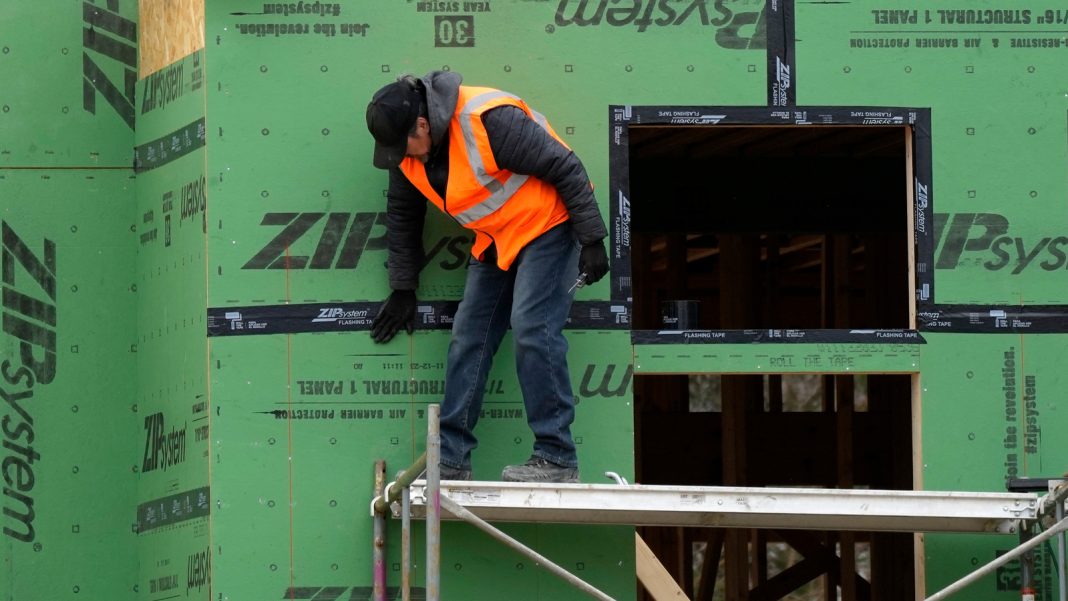Weekly Jobless Claims Dip, Continuing Claims Rise
The latest report from the Labor Department showed a decrease in weekly jobless claims for the week of August 3. The number fell by 17,000 to 233,000, surpassing the expectations of analysts surveyed by FactSet who predicted 240,000 claims. While this decline is a positive sign, it is important to note that jobless claims have been trending higher recently. However, they still remain at historically healthy levels.
On the other hand, continuing claims, which represent the total number of Americans collecting unemployment benefits, rose by 6,000 to 1.88 million for the week of July 27. This is the highest number in over three years, but experts believe it is not cause for immediate concern. The rise in continuing claims is not surprising given the recent job market trends.
Last week’s deeply disappointing jobs data for July caused concerns about a potential recession, leading to fears in financial markets. However, most economists now believe that the July jobs report does not indicate an impending recession. Despite a slowdown, the economy remains resilient by most measures.
The fact that continuing claims for unemployment aid only slightly increased last week provides some reassurance. Nick Bunker, economic research director for North America at the Indeed Hiring Lab, stated, “It’s not in free-fall. It’s just continuing the moderation that we’ve been seeing.” While Bunker did not specify a threshold for worrying jobless claims, he mentioned that a sustained increase, combined with other negative data, would be cause for concern.
The positive news of the decrease in weekly jobless claims has been welcomed by investors, leading to higher stock market openings on Wall Street. Many expect the Federal Reserve to cut interest rates by a modest quarter-point when policymakers meet in mid-September. The Fed’s intention is to support the economy with gradually lower borrowing rates after raising rates multiple times in recent years to combat inflation.
Filings for unemployment benefits have been consistently higher since May, with last week’s 250,000 claims being the highest in a year. Prior to May, weekly claims averaged around 212,000. The recent data, including the disappointing job gains in July and a rise in the unemployment rate, suggests a slowing U.S. economy. Other economic indicators, such as shrinking manufacturing activity and a decline in existing home sales, further support this trend.
Although the data does not necessarily indicate an imminent recession, experts believe it builds a case for the Federal Reserve to cut its benchmark rate in September. High interest rates have had a negative impact on various sectors, including manufacturing and the housing market. Retail sales have also remained flat, indicating that consumers are being more cautious with their spending.
Overall, while the decrease in jobless claims is a positive development, the rise in continuing claims and other economic indicators suggest a slowdown in the U.S. economy. As policymakers evaluate the situation, the possibility of a rate cut in September seems increasingly likely.


